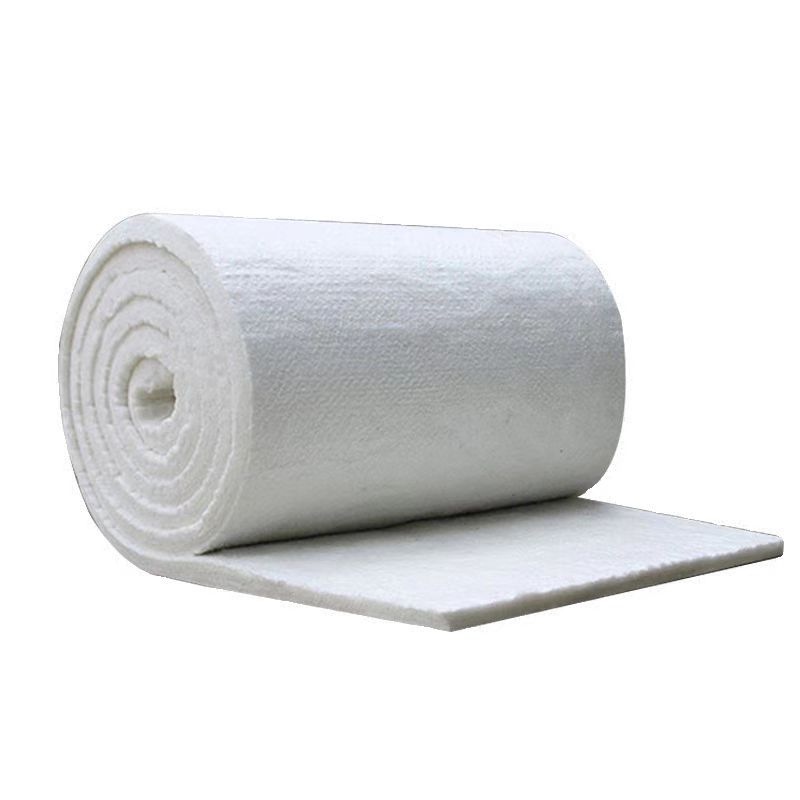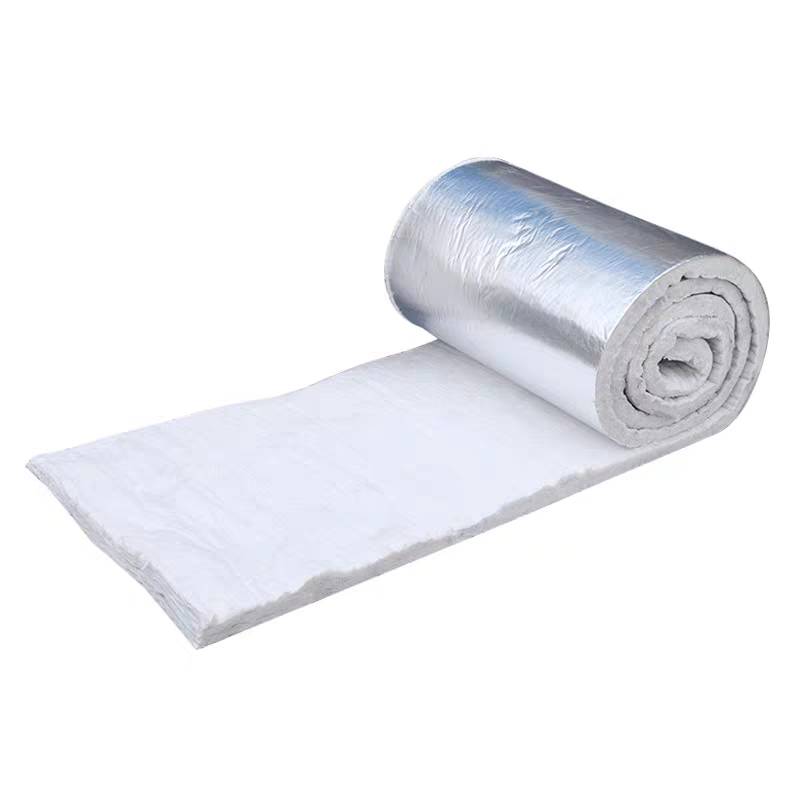-
ceramic fiber blanket
Ceramic fiber blanket, also known as aluminum silicate fiber blanket, is a fibrous lightweight refractory material with alumina as the main component. Production process Raw materials such as hard clay clinker, tabular alumina, and silica powder are melted at high temperature. Then, the molten material is made into fiber cotton through processes like spinning or blowing. After that, through needling, heat - setting, vertical and horizontal cutting, and rolling processes, the ceramic fiber blanket is finally produced. Performance characteristics - Good thermal insulation performance: It has low thermal conductivity and low heat capacity, which can effectively reduce heat transfer, and its heat - insulation effect is better than that of insulating bricks. - High - temperature resistance: The temperature resistance is 950 - 1400℃. Ceramic fiber blankets with different components and processes, such as zirconium - containing fiber blankets, can have a temperature resistance as high as 1500℃ or even higher. - Excellent chemical stability: It can be used for a long time in a neutral or oxidizing atmosphere, maintaining good tensile strength, toughness, and fiber structure without being eroded by chemicals such as acids and alkalis. - Good mechanical properties: Through the double - sided needling process, the degree of fiber interweaving is high, improving the anti - delamination performance, tensile strength, and surface flatness, and has good shock resistance. - Sound - absorbing and noise - reducing: It can absorb sound waves and reduce noise, creating a relatively quiet environment.
Sizes


